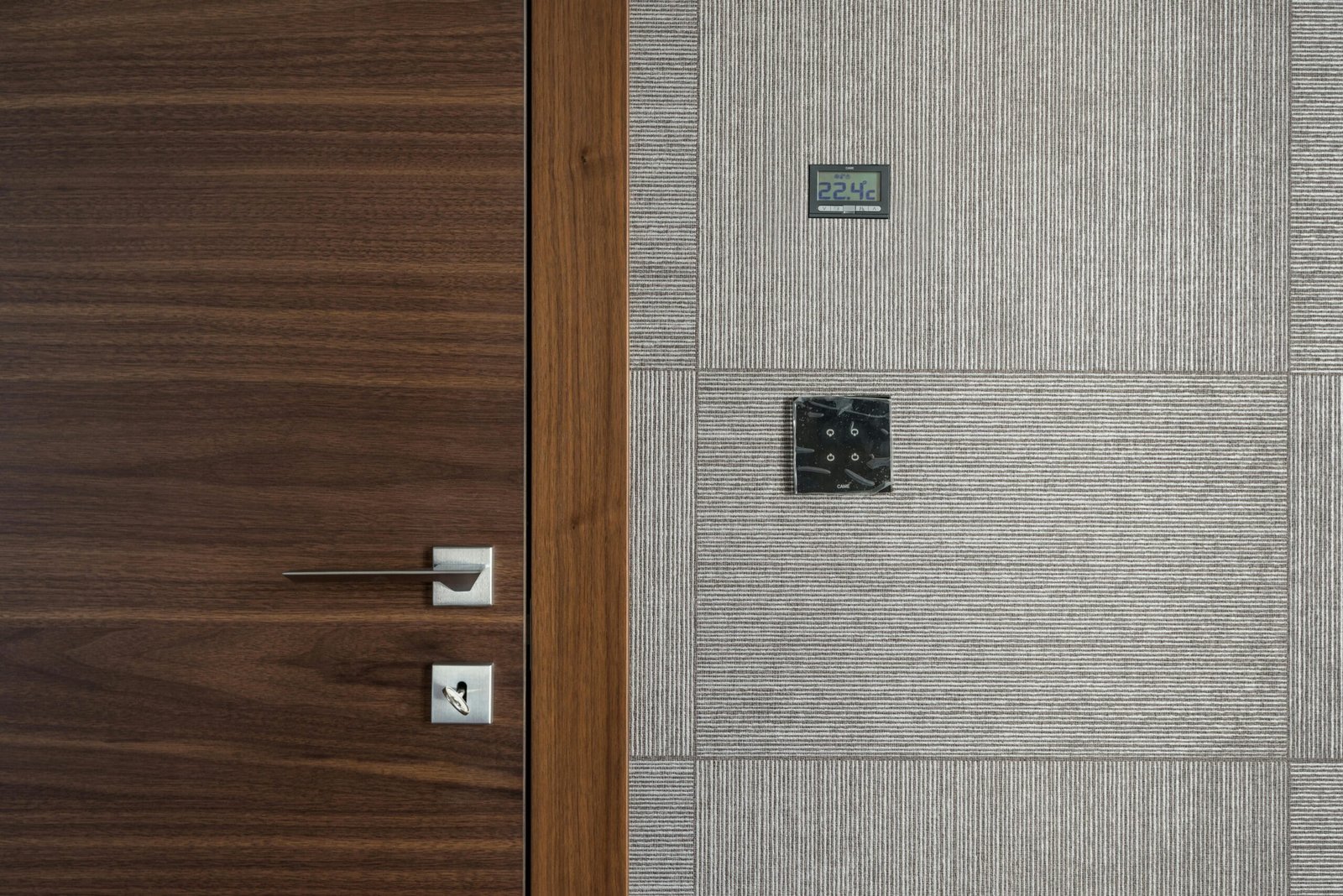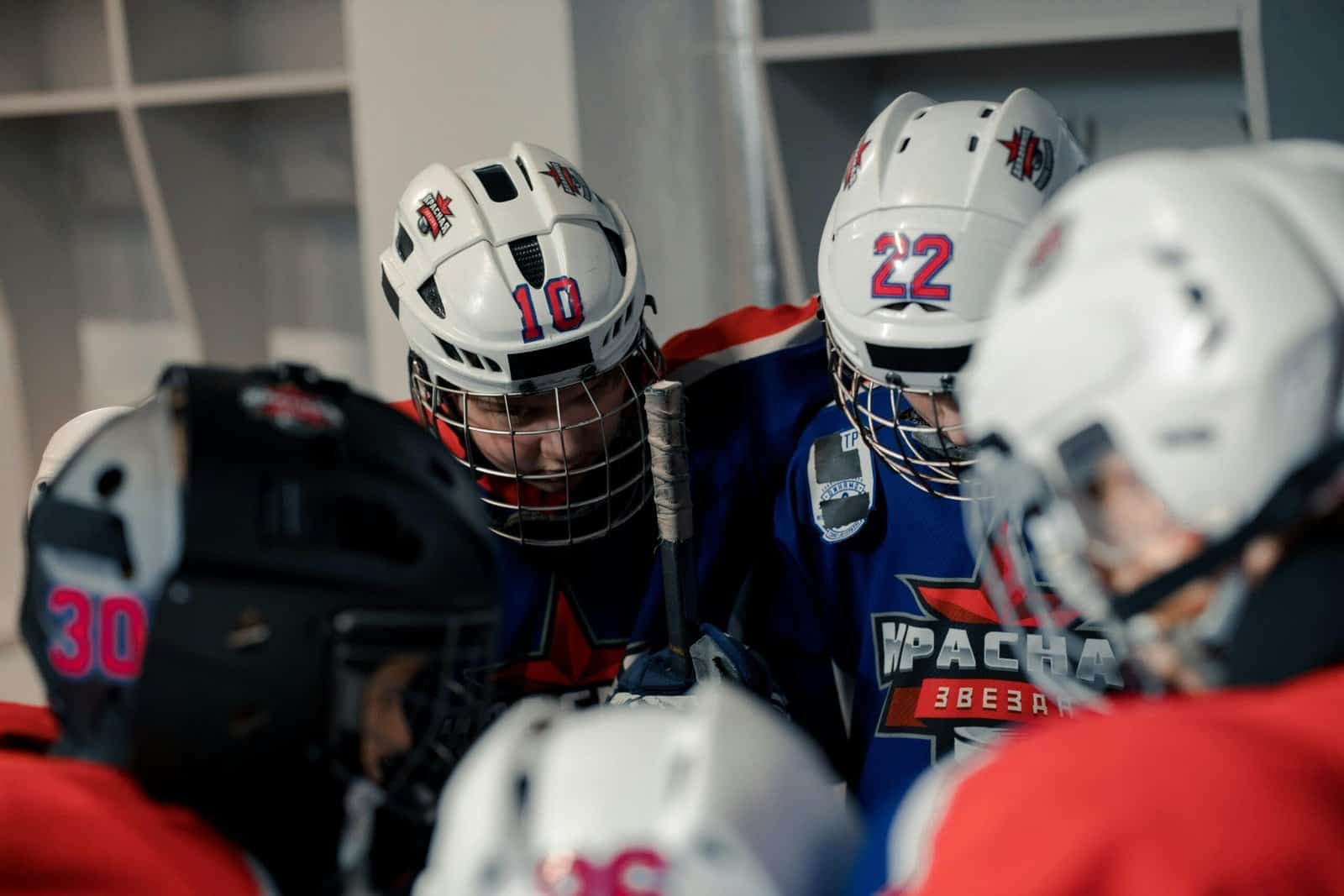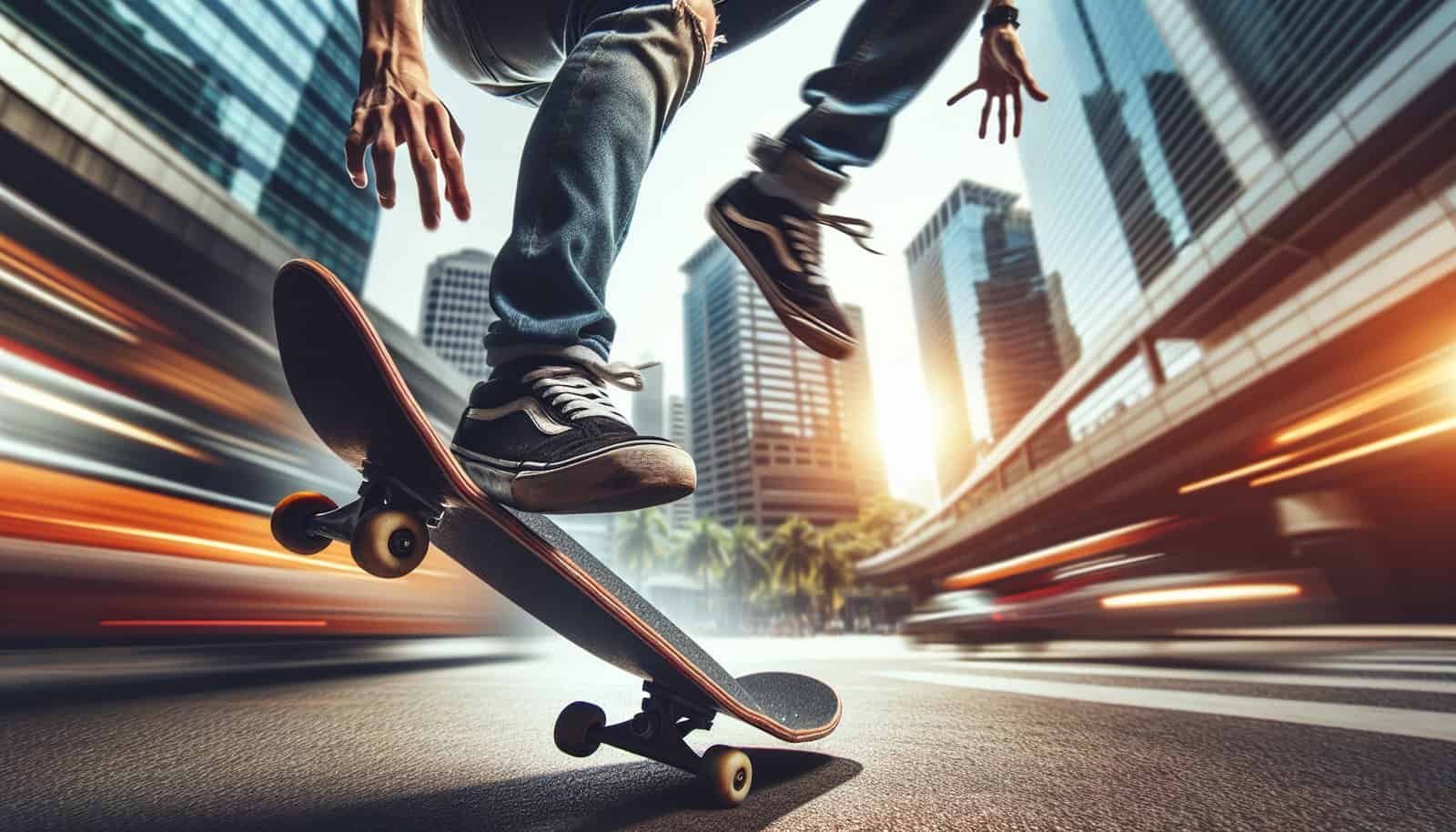Have you ever hit the perfect skateboard trick and wished you could do it again and again? Achieving consistency with your skateboard tricks can feel like cracking a secret code, but it’s absolutely within your reach. Whether you’re just starting your skateboarding journey or looking to refine your skills, improving trick consistency is a rewarding challenge. Let’s explore how you can enhance your practice habits, mental strategies, and physical techniques to land those tricks every time.

Understanding Trick Consistency
Before jumping into ways to improve, it’s important to understand what trick consistency means for a skateboarder. Consistency isn’t just about landing a trick reliably; it’s about mastering the intricate timing, movement, and control needed to perform a trick under various conditions.
The Importance of Muscle Memory
Muscle memory plays a crucial role in achieving consistency. When you practice a trick frequently, your muscles start to remember the required movements without conscious effort. This motor learning process allows you to execute tricks with precision. By building strong muscle memory, you can improve your confidence and reduce the mental load during performances.
Mindset and Focus
Your mental state greatly affects your performance. Staying focused and maintaining a positive mindset empowers you to overcome challenges and stay motivated during practice. Understand that setbacks are part of the learning process, and cultivating resilience will help you progress faster.
Preparing for Consistent Practice
Preparation off the board is almost as important as the time spent on it. Ensuring you have the right gear, understanding your environment, and setting clear goals are initial steps to improving your skateboard trick consistency.
Choosing the Right Gear
Having the proper equipment can make a significant difference. This includes your board, shoes, and any protective gear. Your skateboard should suit your style and skill level.
| Gear Type | Considerations |
|---|---|
| Skateboard | Choose the right deck size, shape, and trucks for your style. |
| Shoes | Look for durability, grip, and comfort. |
| Protective Gear | Helmets and pads may boost confidence, enabling more practice. |
Setting Clear Goals
Having specific, measurable goals helps track progress and keeps you motivated. Whether it’s landing a new trick or improving an old one, setting deadlines and milestones will provide direction in your practice sessions.
Understanding Your Environment
The environment you skateboard in affects how you perform tricks. Factors like the surface type, weather conditions, and available space should be considered. Make sure you practice in an area that is safe and suited to your trick.
Techniques for Improving Trick Consistency
Improving trick consistency involves refining both your physical techniques and mental strategies on the board.
Balancing and Stance
Your stance on the board serves as the foundation for all tricks. Practicing balance and stance regularly helps in transitioning smoothly into different tricks. Ensure that your weight distribution is even across the board for maximum control.
Timing and Coordination
Timing is crucial when executing a skateboard trick. Perfecting the coordination between your arms, legs, and body posture helps execute tricks swiftly and efficiently. Break down the trick into smaller movements and practice them individually to help with timing.
Practicing Repetitively
Consistent practice is essential. Repetition not only helps with muscle memory but also aids in understanding what might be going wrong. Allocate time for each session to focus solely on problem areas.
Recording Progress
Recording your sessions lets you review what works and what doesn’t. Use video recordings to analyze your form and technique. Look for patterns to identify what consistently goes right or wrong.
Structuring Your Practice Sessions
A structured practice session can greatly enhance your ability to land tricks consistently. Breaking your practice into focused segments helps cover all necessary aspects of improving performance.
Warm-Up and Cooldown
Start with a warm-up to prevent injuries and enhance your performance. Include dynamic stretches and basic skateboarding maneuvers to get your body moving. Similarly, a cooldown helps your muscles recover from the intense workout.
Drills and Exercises
Include drills that target specific skills needed for your tricks—like ollie height exercises or balance drills. Practicing drills regularly strengthens the foundational skills necessary for executing advanced tricks.
Freestyle Time
Allowing some time for freestyle skating supports creativity and eases the pressure. It can be an opportunity to stumble upon new moves and discover what naturally works well for you.
Review and Reflect
End each session with a review of what you accomplished and what needs improvement. Take notes on areas where consistency was lacking and formulate a plan for your next session.

Mindset for Success
Cultivating the right mindset is just as important as physical training. A healthy mental approach boosts performance and helps maintain a love for skateboarding even when progress seems slow.
Embracing Challenges
Remember, every challenge offers a learning opportunity. Approach difficulties with a problem-solving mindset rather than frustration. Resilience will carry you through periods when you might feel stuck.
Visualization Techniques
Visualization helps in mentally preparing for a trick, boosting confidence. Spend a few minutes visualizing each movement of the trick, as if you’re watching yourself on a screen. This mental rehearsal can improve your likelihood of landing the trick when you try it physically.
Celebrating Small Wins
Acknowledging your progress, no matter how small, fosters a positive environment. Celebrate when you achieve your set goals, as it keeps motivation high and reinforces that you’re on the right path.
Overcoming Plateaus
It’s common to hit a plateau where your progression seems to stall. Understanding how to overcome these periods is crucial for continued improvement.
Identifying the Root Cause
First, try to pinpoint the issue that’s causing the plateau. Is it an issue with the technique or confidence? Once identified, tailor your practice sessions to address this specific problem.
Seeking Feedback and Support
Reach out to fellow skateboarders or a skateboard coach for feedback. Sometimes, an external perspective can provide insights into what might be hindering your progress.
Trying New Techniques
Occasionally, your usual methods might not be effective. Experimenting with new techniques or altering your practice routine can break the monotony and offer new challenges, which could reignite improvement.

Leveraging Resources
Resources abound for skateboarders looking to improve their consistency. Whether it’s through online tutorials, books, or in-person workshops, taking advantage of available resources can enhance your learning process.
Utilizing Online Resources
Platforms like YouTube and various skateboarding websites offer a wealth of tutorials and tips from seasoned skateboarders. Follow along with instructional videos that break down tricks step-by-step.
Joining Skateboarding Communities
Online forums, social media groups, or local skateboarding clubs are excellent for connecting with like-minded individuals. Sharing experiences and learning from others can bring new perspectives and motivation.
Attending Workshops or Clinics
Hands-on workshops provide personalized feedback and tips that can significantly enhance your skills. They also offer the opportunity to network with other skateboarders and learn from experts.
Sustainable Practices for Long-Term Improvement
For continual improvement, adopting sustainable practices is key. Maintain a healthy balance between pushing your limits and keeping your body in good condition.
Importance of Rest and Recovery
Adequate rest ensures your muscles recover and grow stronger, crucial for improving consistency. Overworking can lead to fatigue and increase the risk of injury, so listen to your body.
Maintaining Equipment
Regularly checking and maintaining your equipment can prevent accidents and ensure smooth performance. Make it a routine to inspect your board, trucks, wheels, and protective gear.
Staying Physically Fit
Skateboarding demands physical fitness, so incorporate exercises that improve cardiovascular health, flexibility, and strength. A robust physical condition supports better consistency.

Conclusion
Becoming consistent with your skateboard tricks is a thrilling challenge that requires a combination of physical practice, mental preparation, and strategic planning. By recognizing the importance of muscle memory, setting clear goals, and maintaining a positive mindset, you’ll be landing tricks reliably in no time. Embrace the learning process, stay committed, and most importantly, enjoy the ride.
